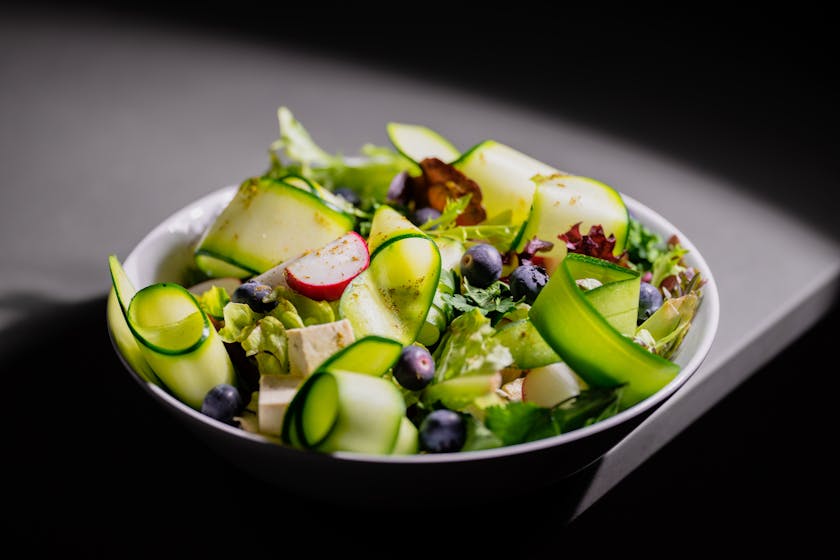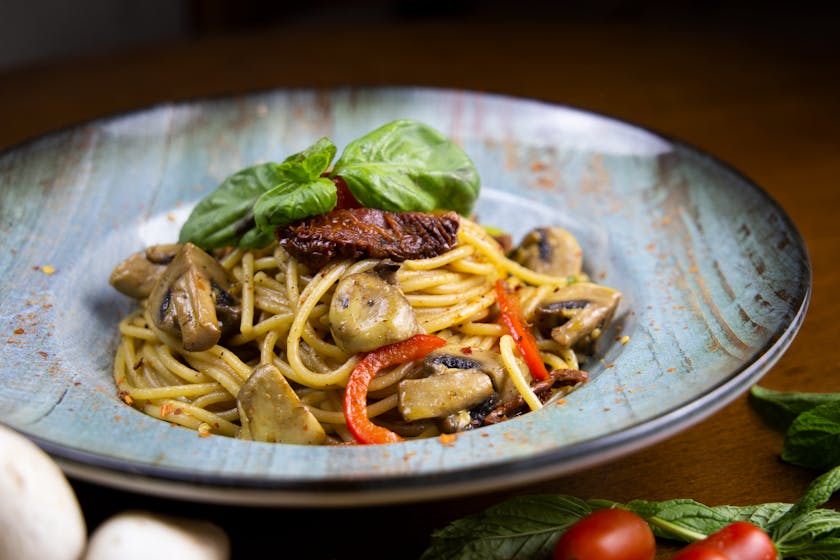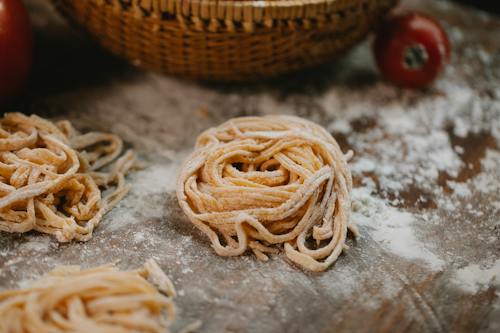If you’re looking to simplify your busy weeknights, quick meal reheating is a game-changer. After a long day, there’s nothing more comforting than knowing a homemade meal is just a few minutes away from being enjoyed. Once-a-month cooking enthusiasts swear by this method, and for good reason. It saves time, reduces stress, and keeps the family table a place of joy rather than a source of daily strain.
Understanding Once-a-Month Cooking
Before we dive into the specifics of reheating, let’s briefly discuss the premise of once-a-month cooking. This approach involves dedicating one day to cook and prepare meals for the entire month. These meals are then frozen and reheated as needed. It’s a strategy that can help anyone, from busy parents to working professionals, maintain a healthy diet without the daily hassle of cooking from scratch.
Choosing the Right Containers for Freezing
Investing in quality, freezer-safe containers is essential for once-a-month cooking. You want to ensure that your meals stay fresh and avoid freezer burn. Opt for containers that are airtight, durable, and BPA-free. Labeling each container with the dish name and date is also a good practice, so you know exactly what you have and how long it’s been stored.
The Art of Thawing
Thawing is the first step in the reheating process. Ideally, meals should be transferred from the freezer to the refrigerator at least 24 hours before you plan to eat them. This slow thawing method is safest as it minimizes the risk of bacteria growth. If you’re in a pinch, you can use the microwave’s defrost setting, but be cautious not to start the cooking process prematurely.
Quick Meal Reheating Techniques
Once your meal is thawed, it’s time to reheat. Here are some effective methods:
Oven Reheating
For meals that benefit from a crispy texture or are too large for the microwave, the oven is your best bet. Preheat it to the appropriate temperature, usually around 350°F (175°C), and cover your dish with aluminum foil to prevent drying out. The cooking time will depend on the meal but expect anywhere from 20 to 45 minutes.
Microwave Magic
For a truly quick meal reheating experience, the microwave is unbeatable. Cover your dish with a microwave-safe lid or damp paper towel to promote even heating and prevent splatters. Start with short intervals, stirring in-between if possible, to ensure that your meal heats through evenly.
Stovetop Solutions
Soups, stews, and saucy dishes reheat well on the stovetop. Pour the contents into a pot and reheat over medium heat, stirring occasionally. If the dish seems too thick, add a small amount of water or broth to regain the desired consistency.
Tips for Perfect Reheating
- Prevent Dryness: Add moisture with a splash of water, broth, or sauce before reheating.
- Avoid Overheating: Heat your meal until it’s just hot enough to eat, as overcooking can lead to diminished flavor and texture.
- Use Safe Practices: Always ensure your food reaches an internal temperature of 165°F (74°C) to be considered safe to eat.
Combining Methods for Optimal Results
Some dishes benefit from a combination of reheating methods. For example, you might microwave to heat through and then finish in the oven for a crispy top. This is especially true for items like lasagna or casseroles.
Once-a-month cooking and quick meal reheating can transform your daily routine. With a little planning and the right techniques, you’ll enjoy delicious, home-cooked meals every night without the stress of starting from scratch. Happy reheating!


